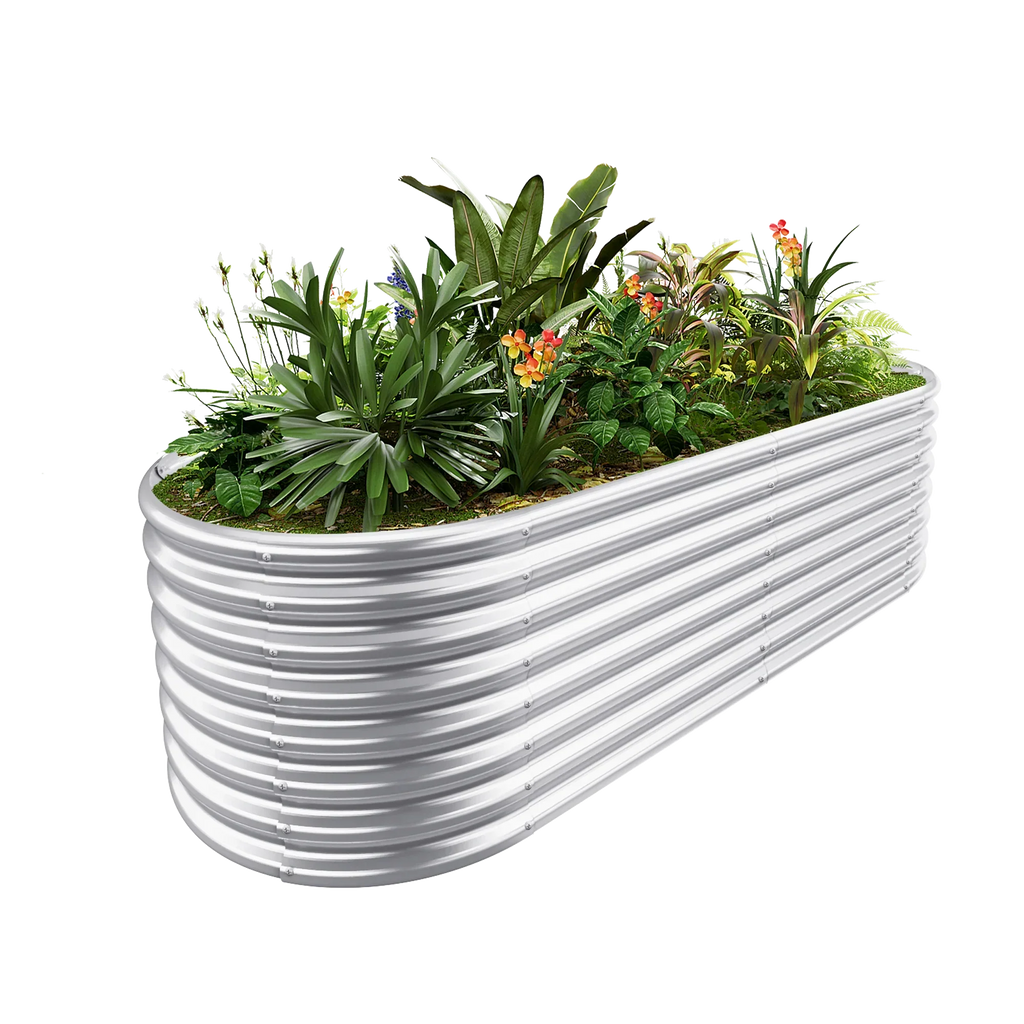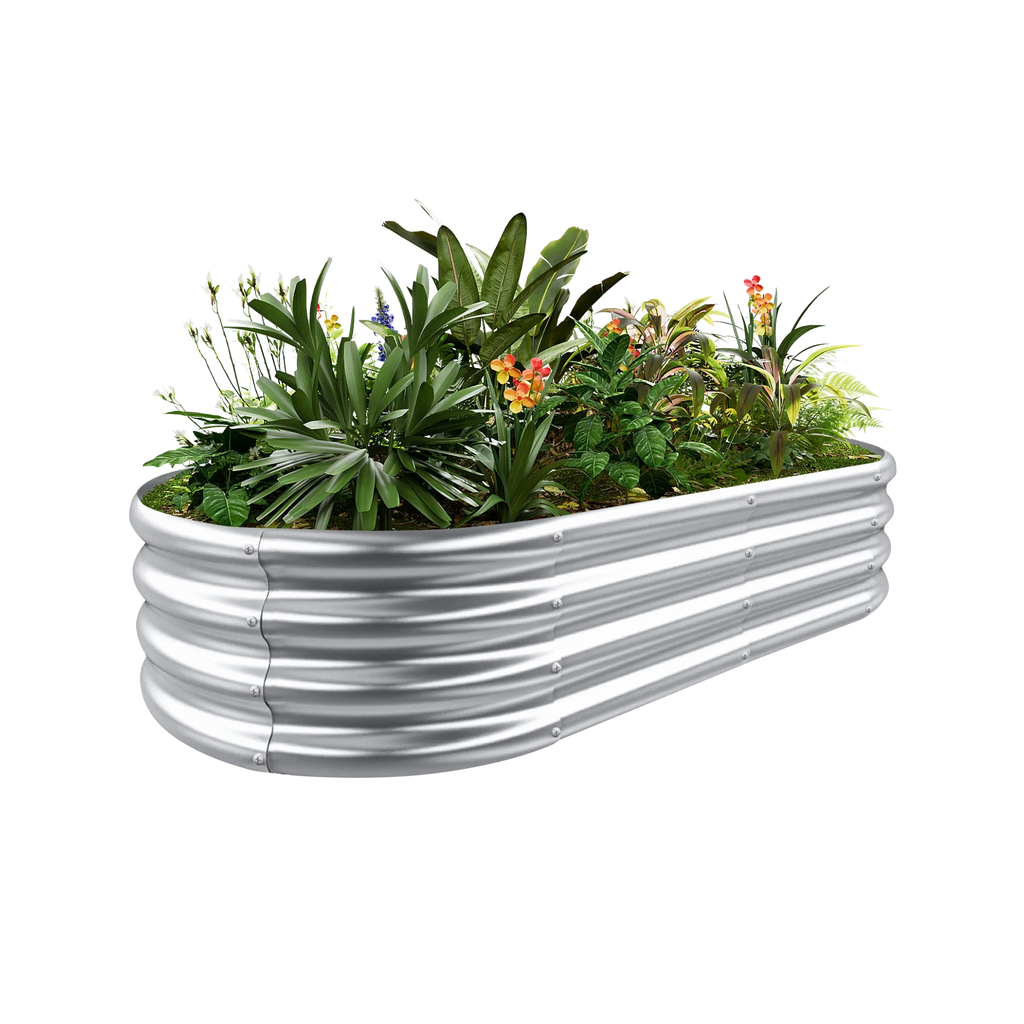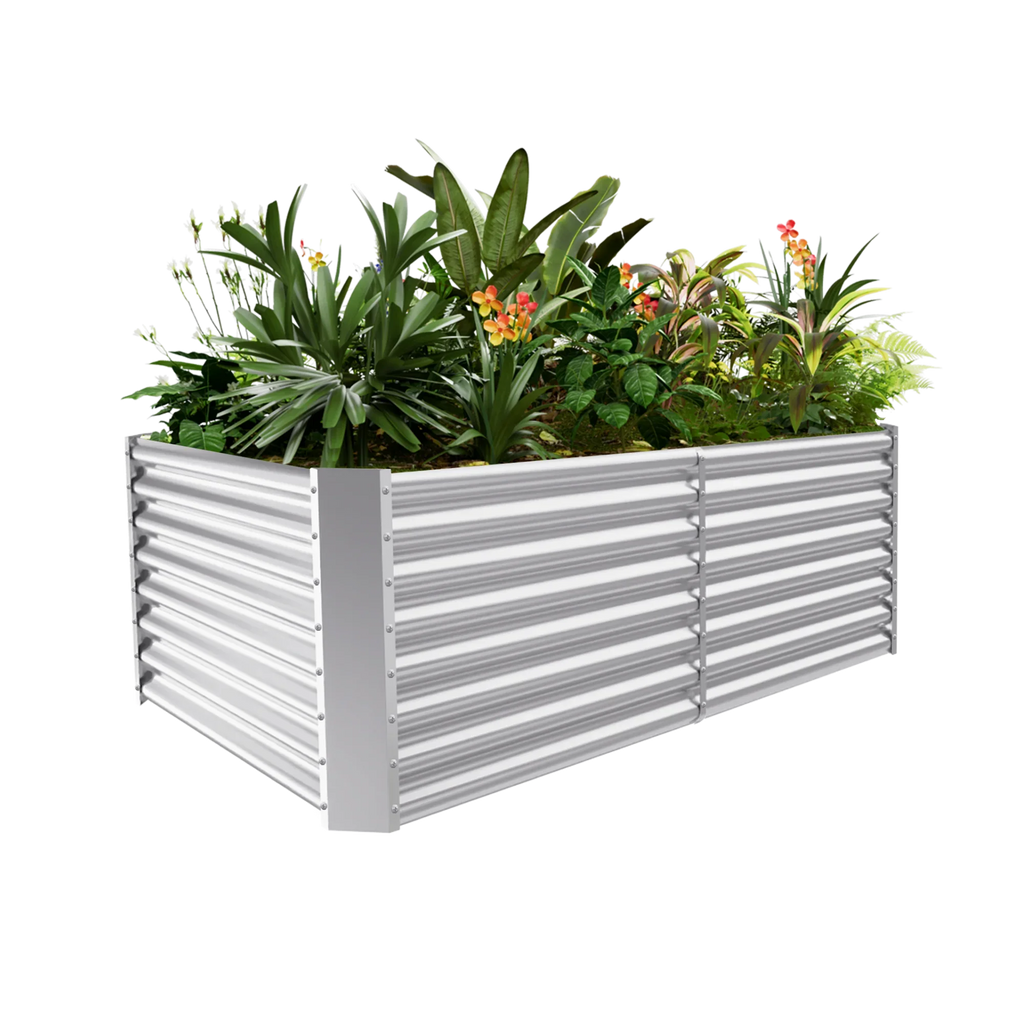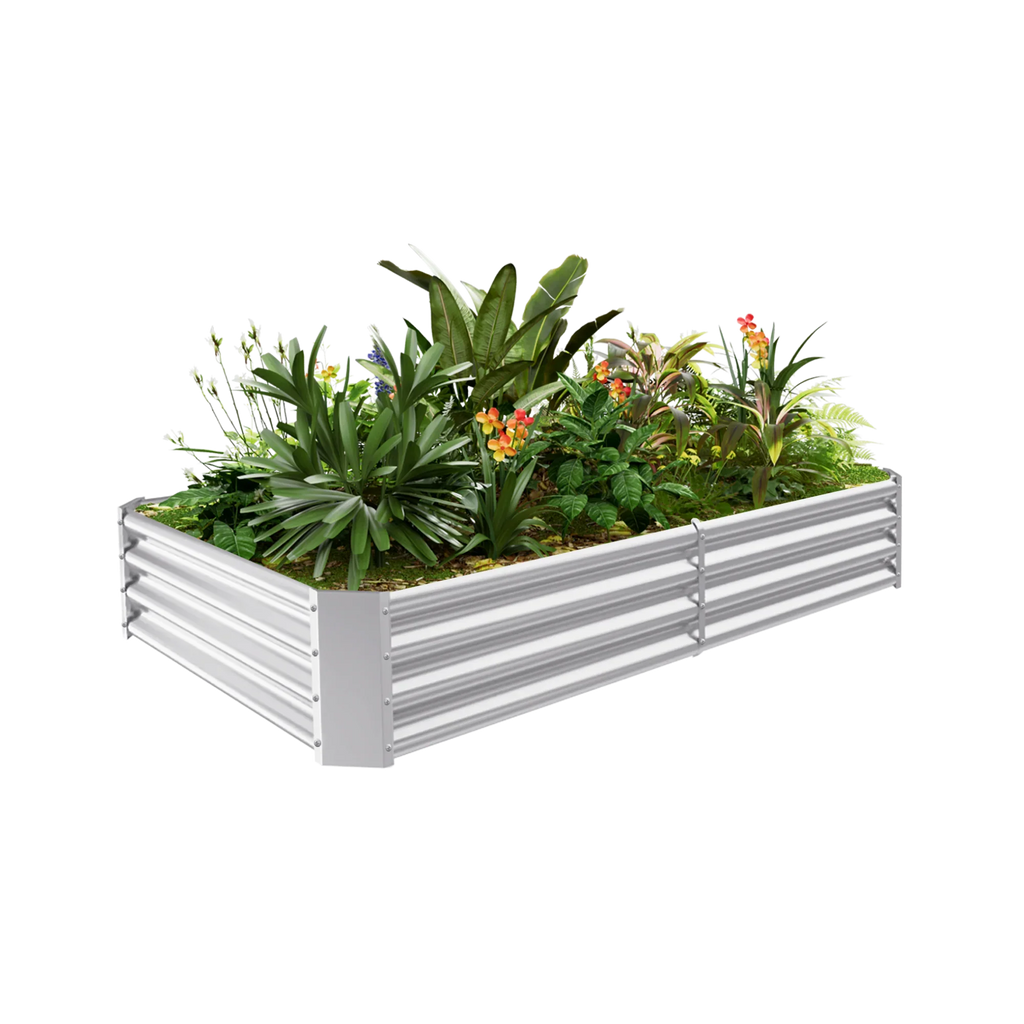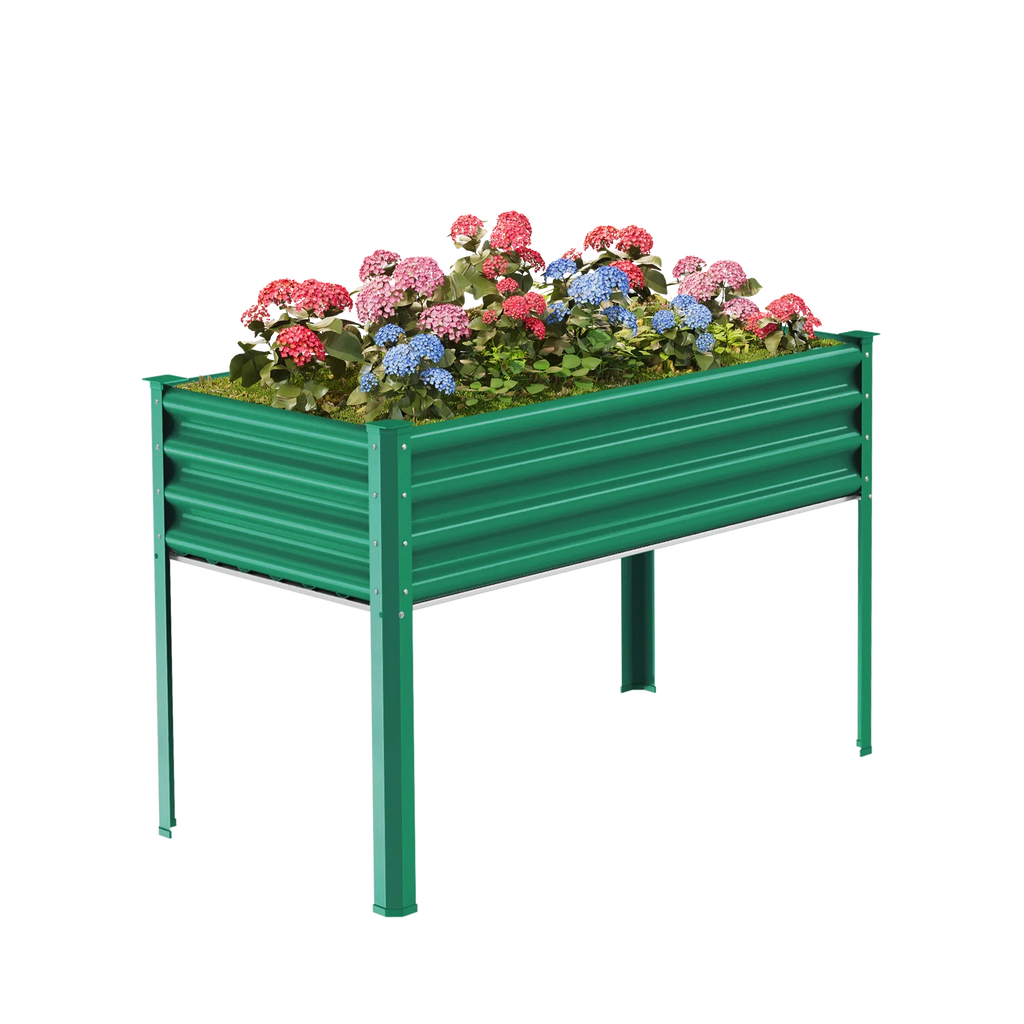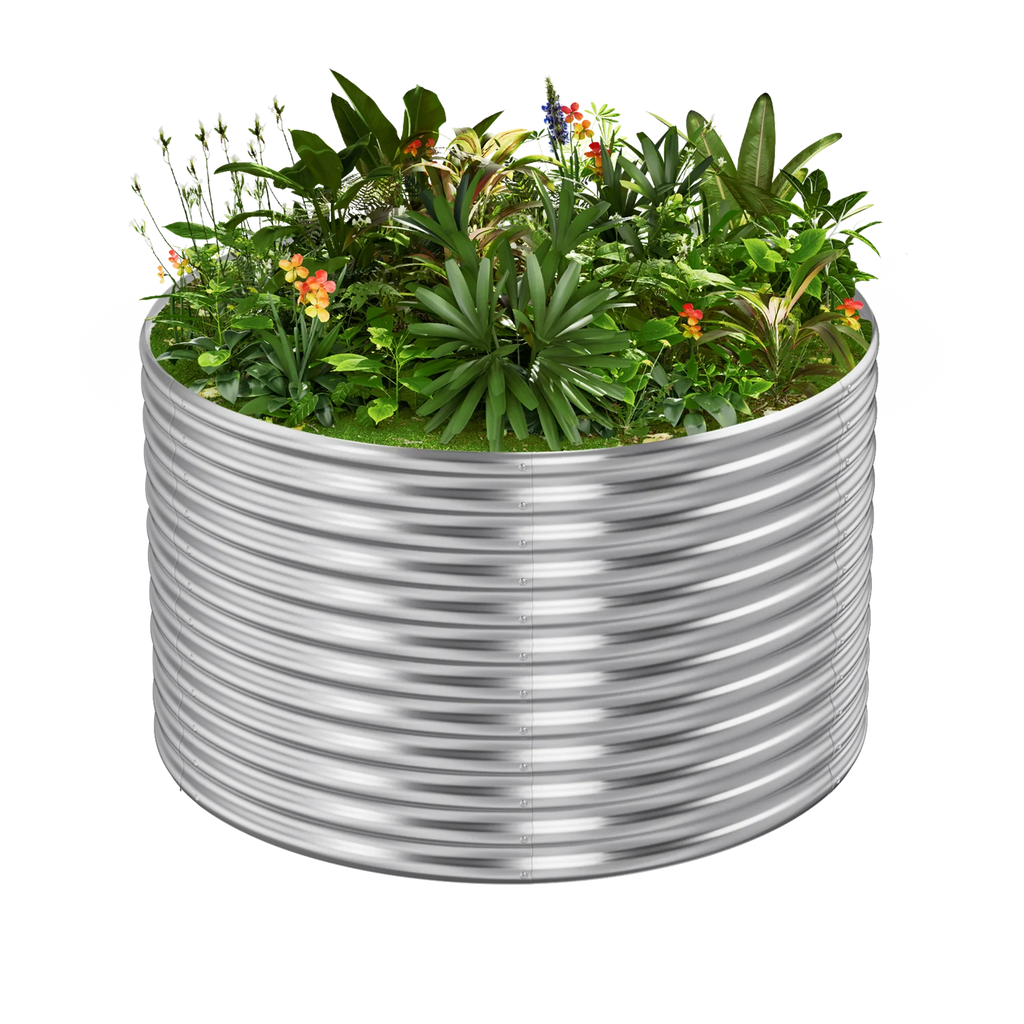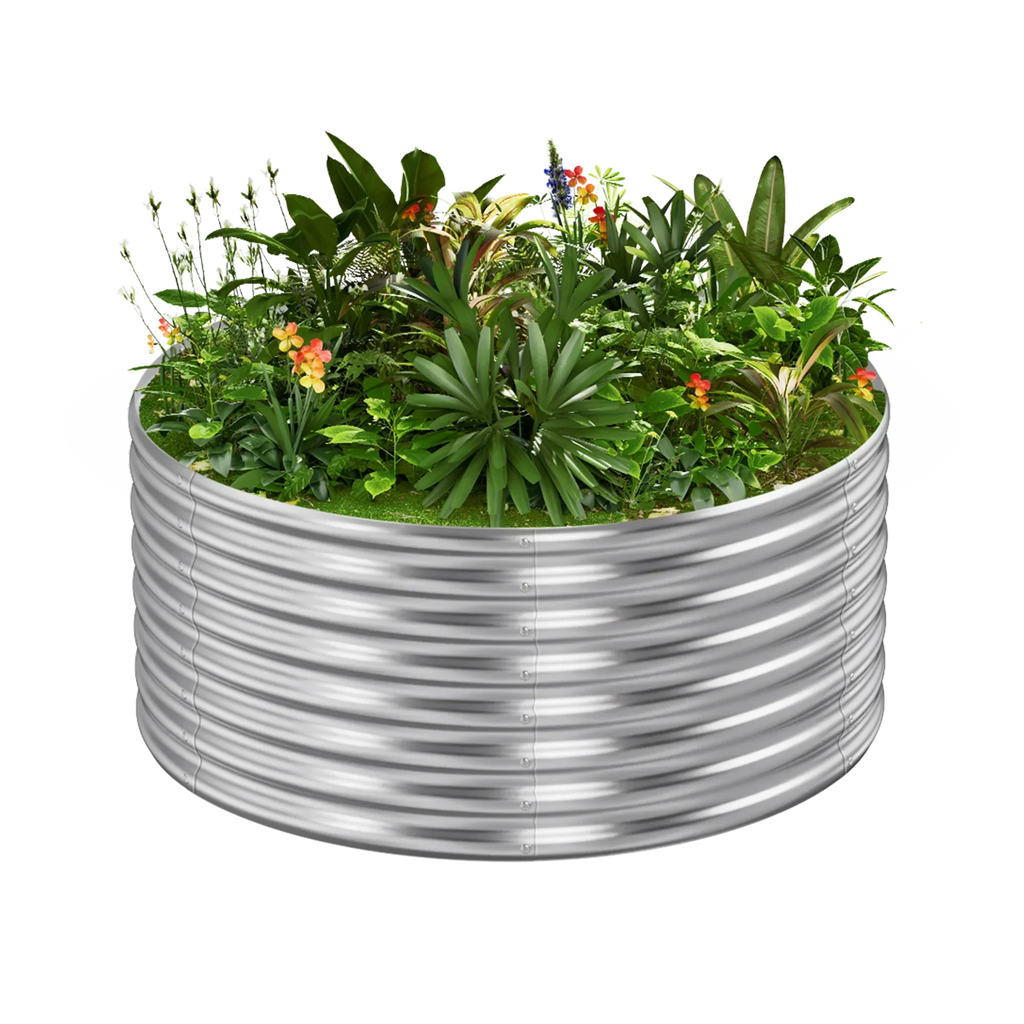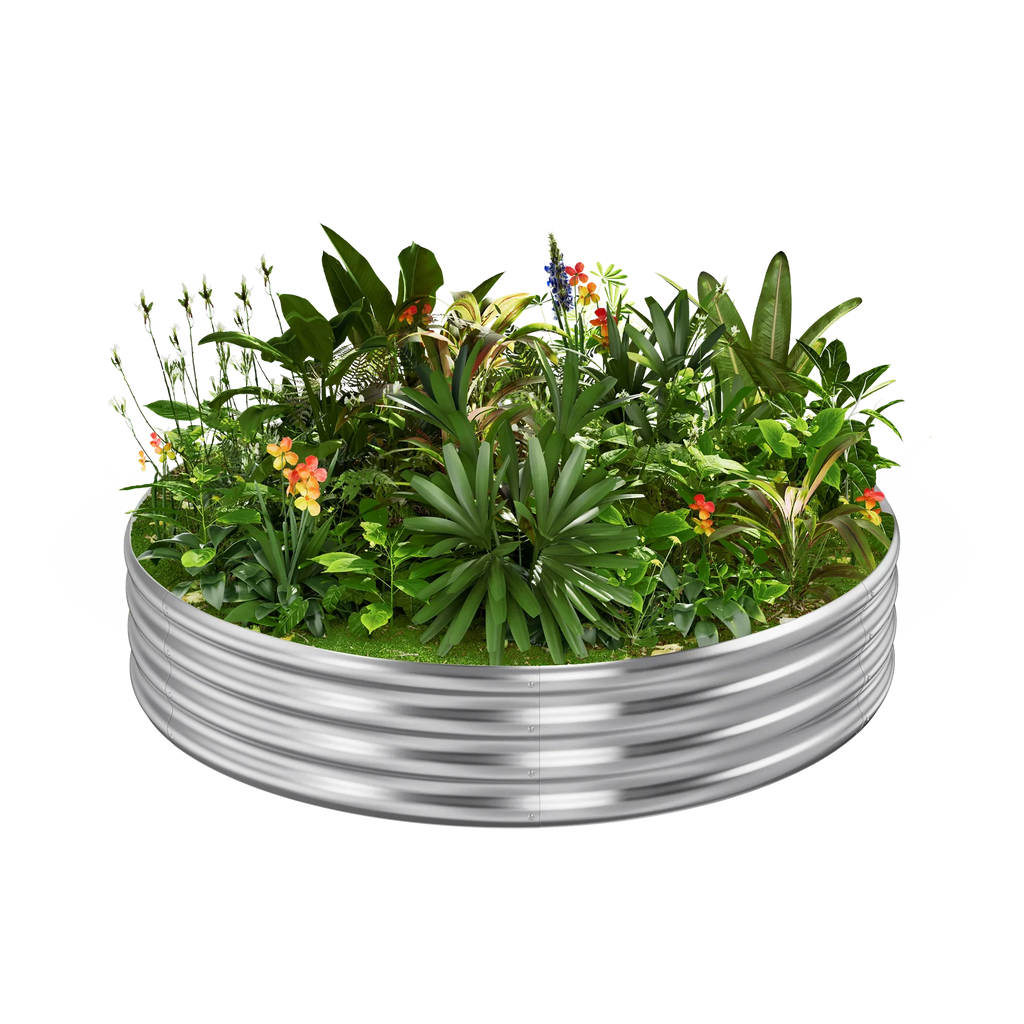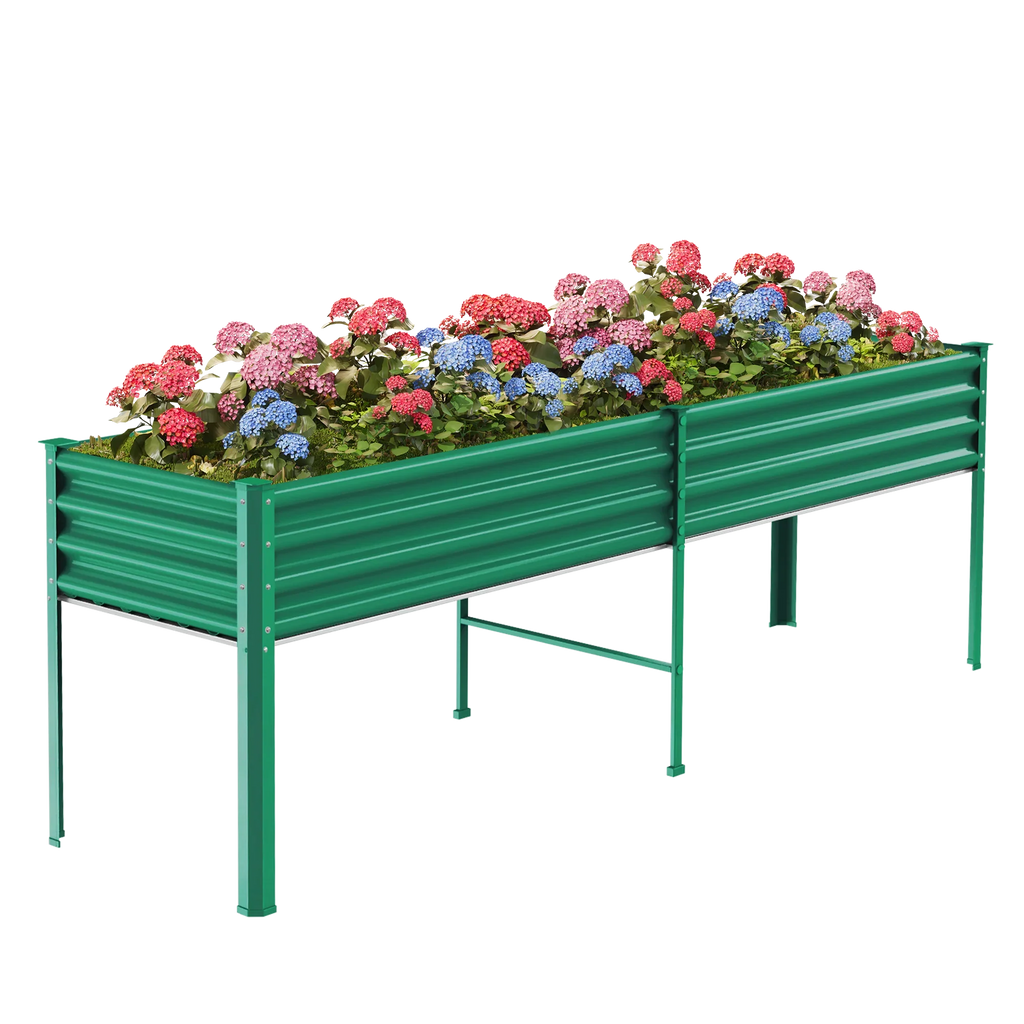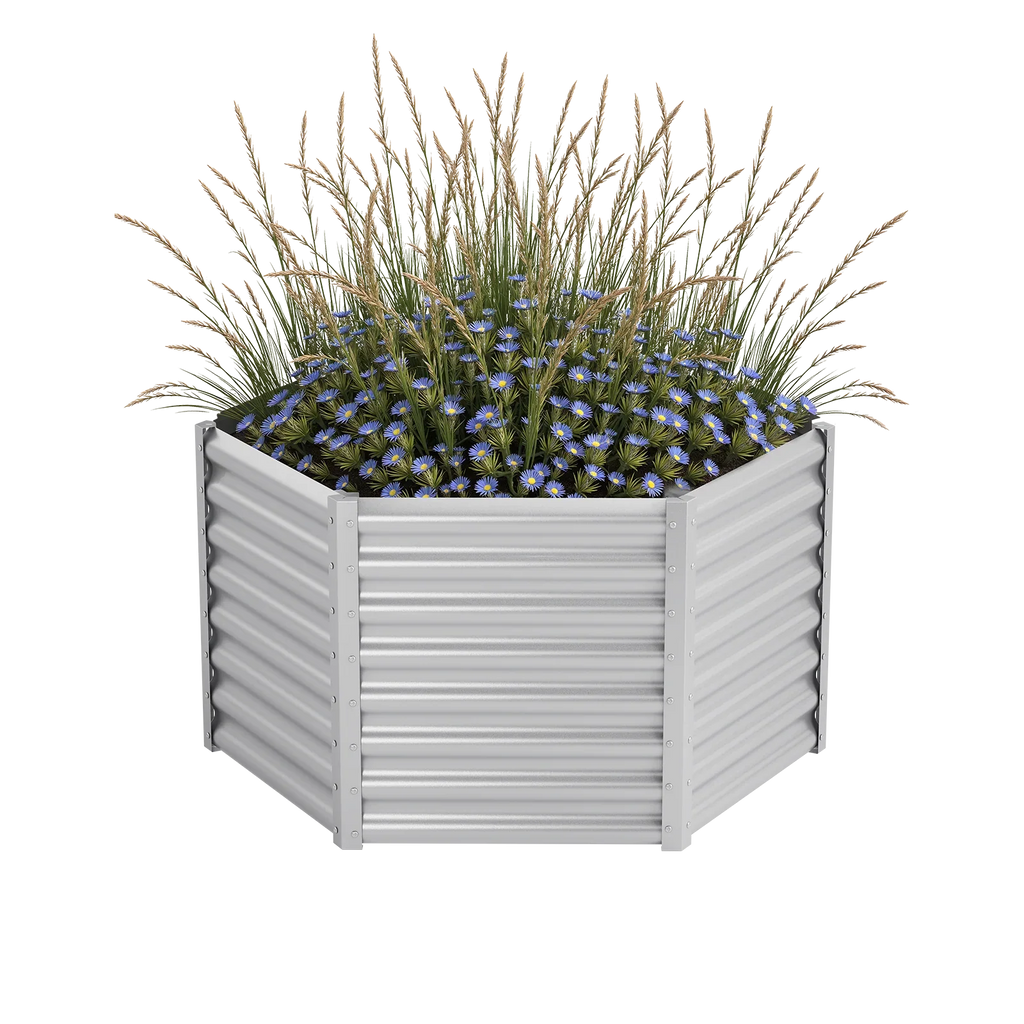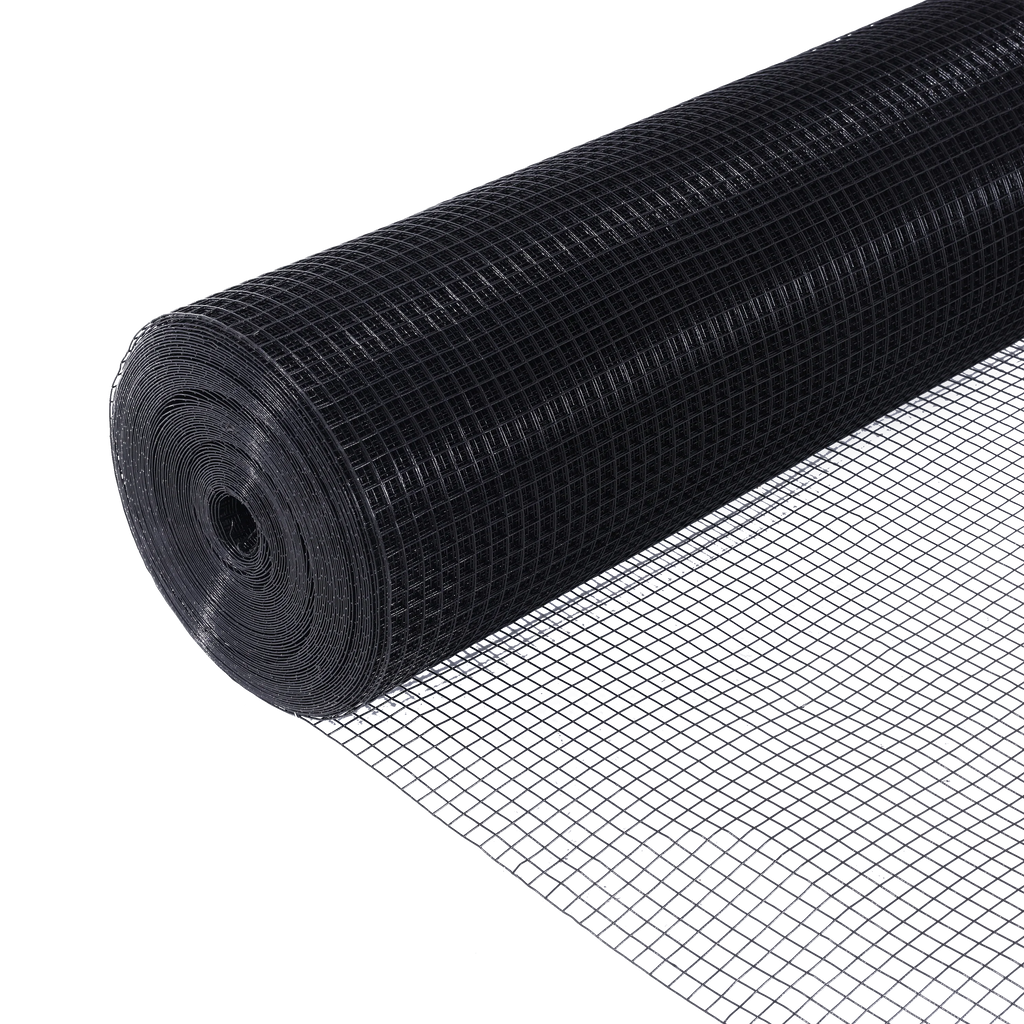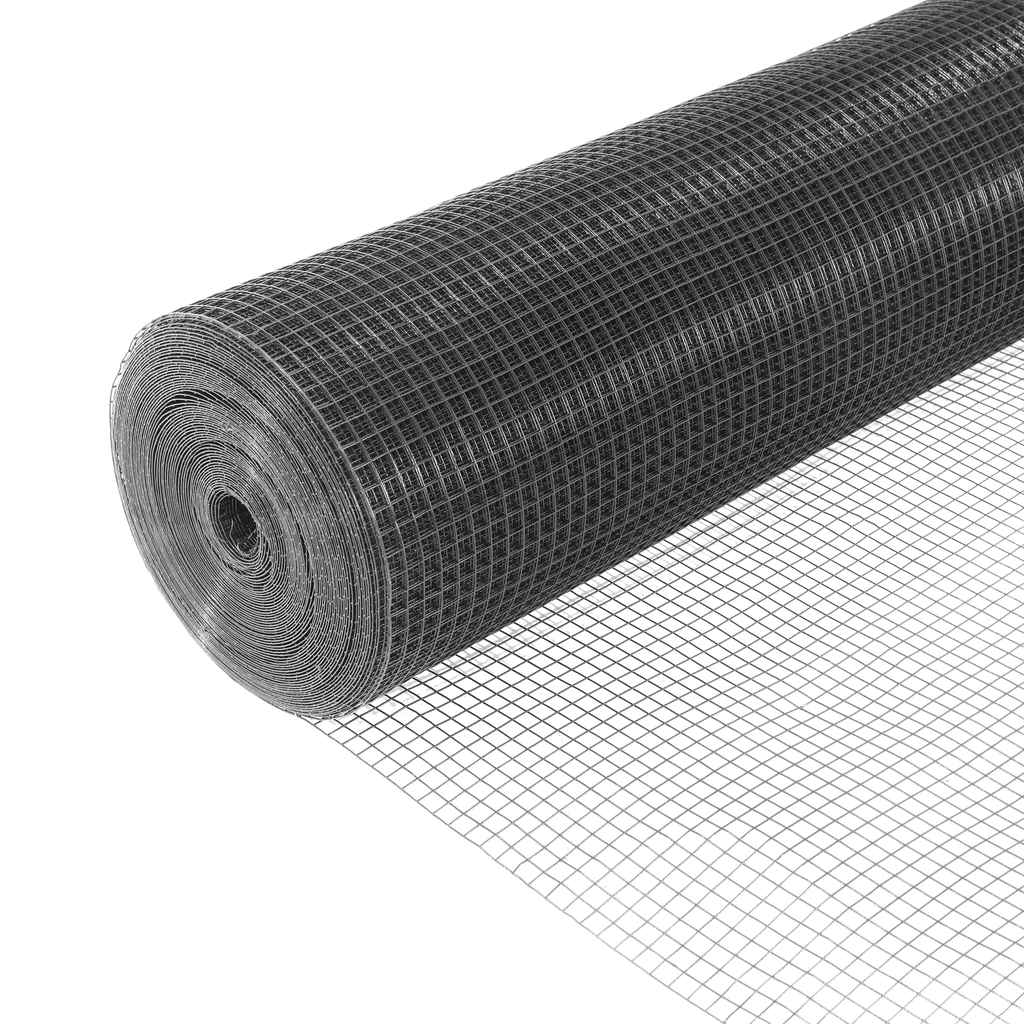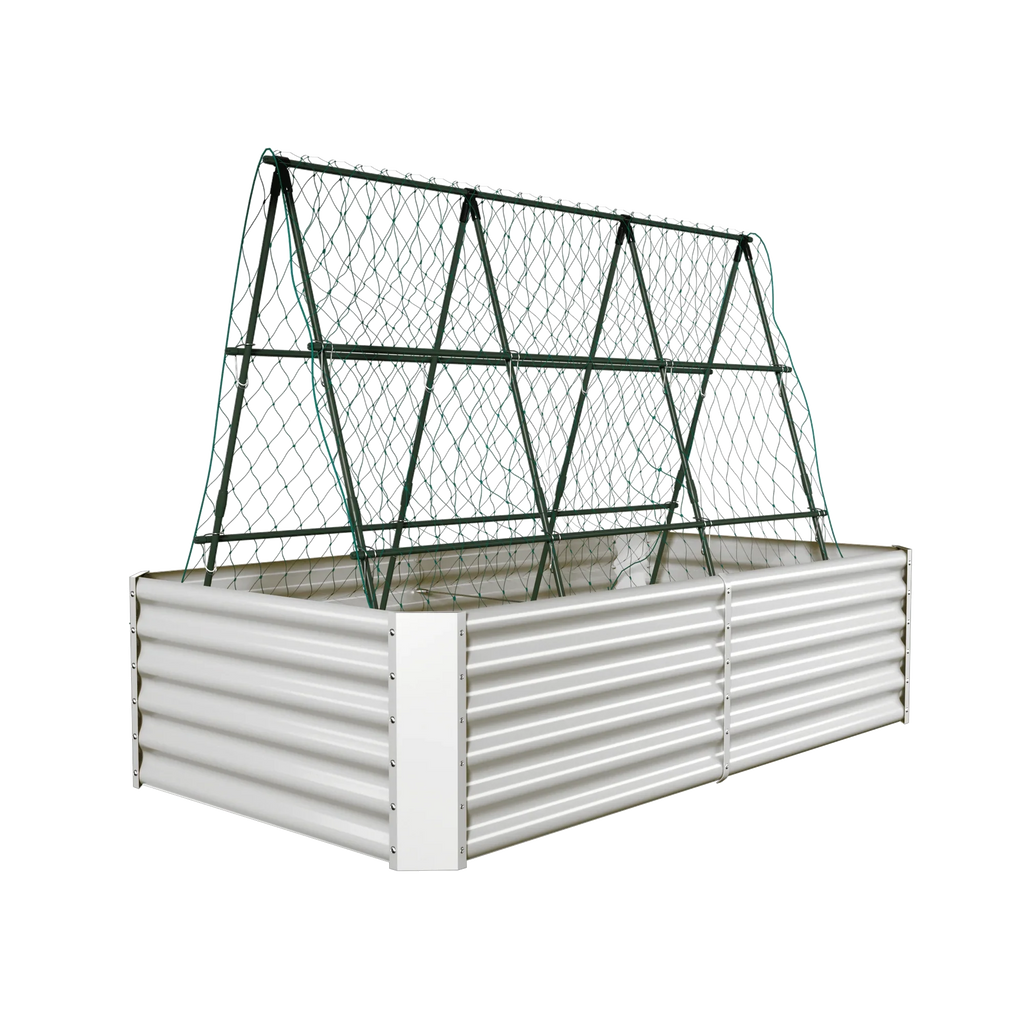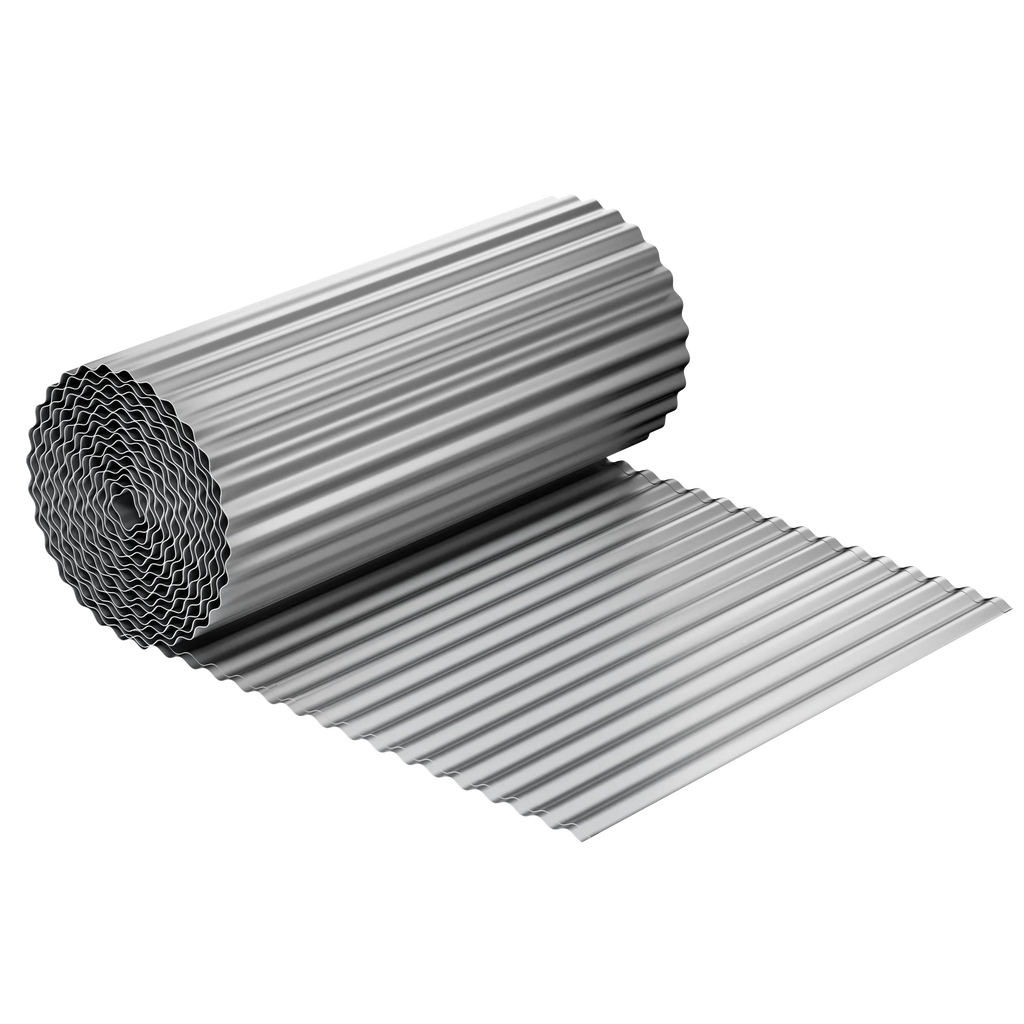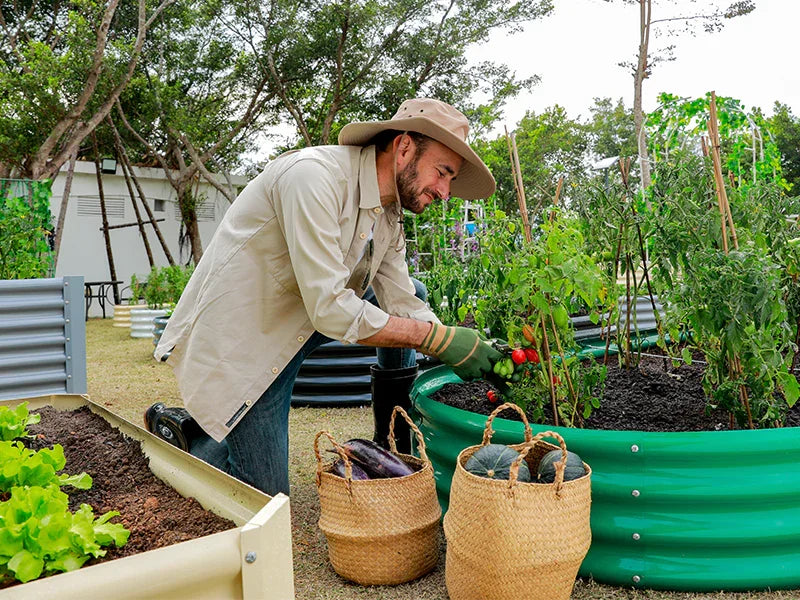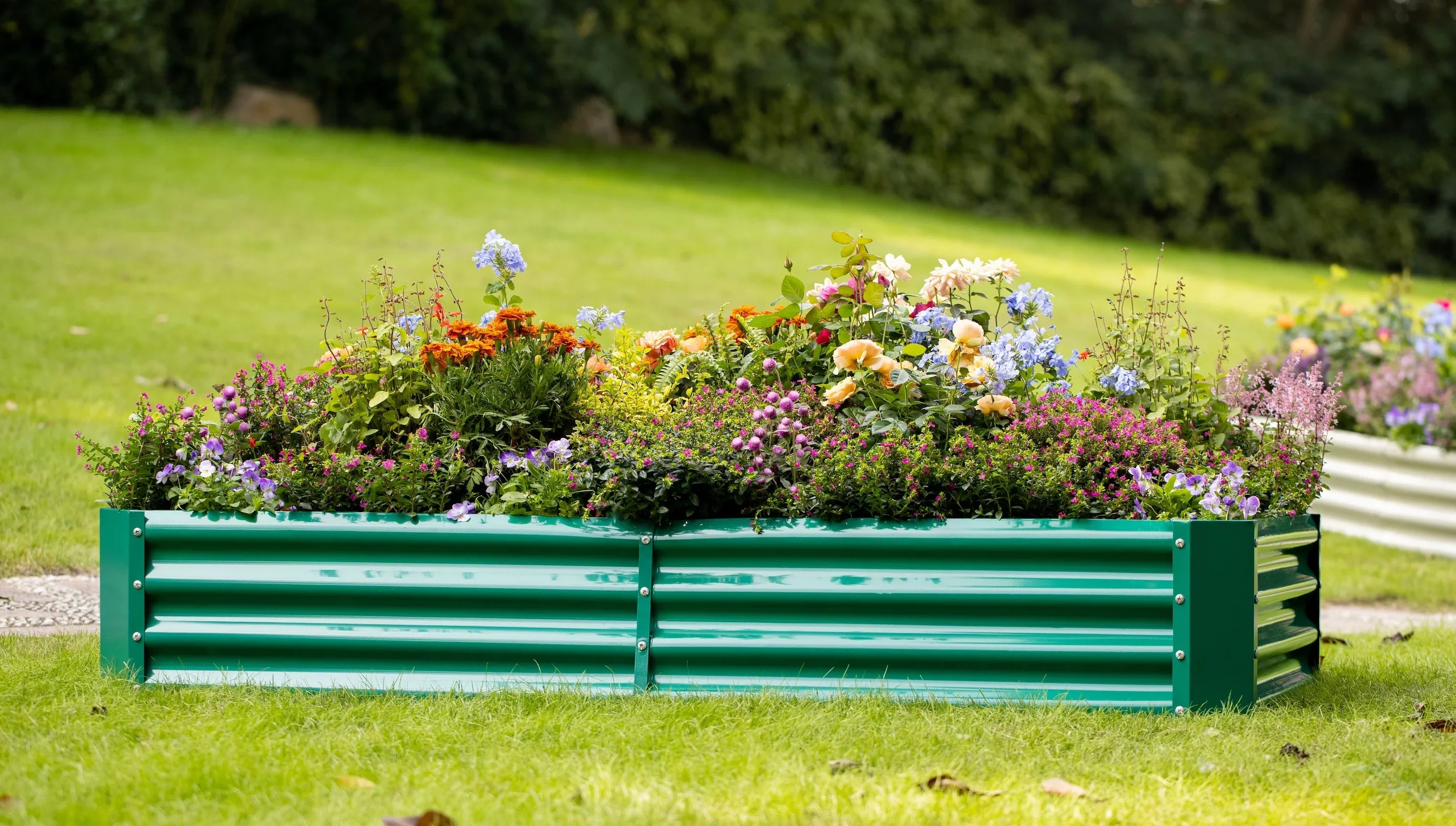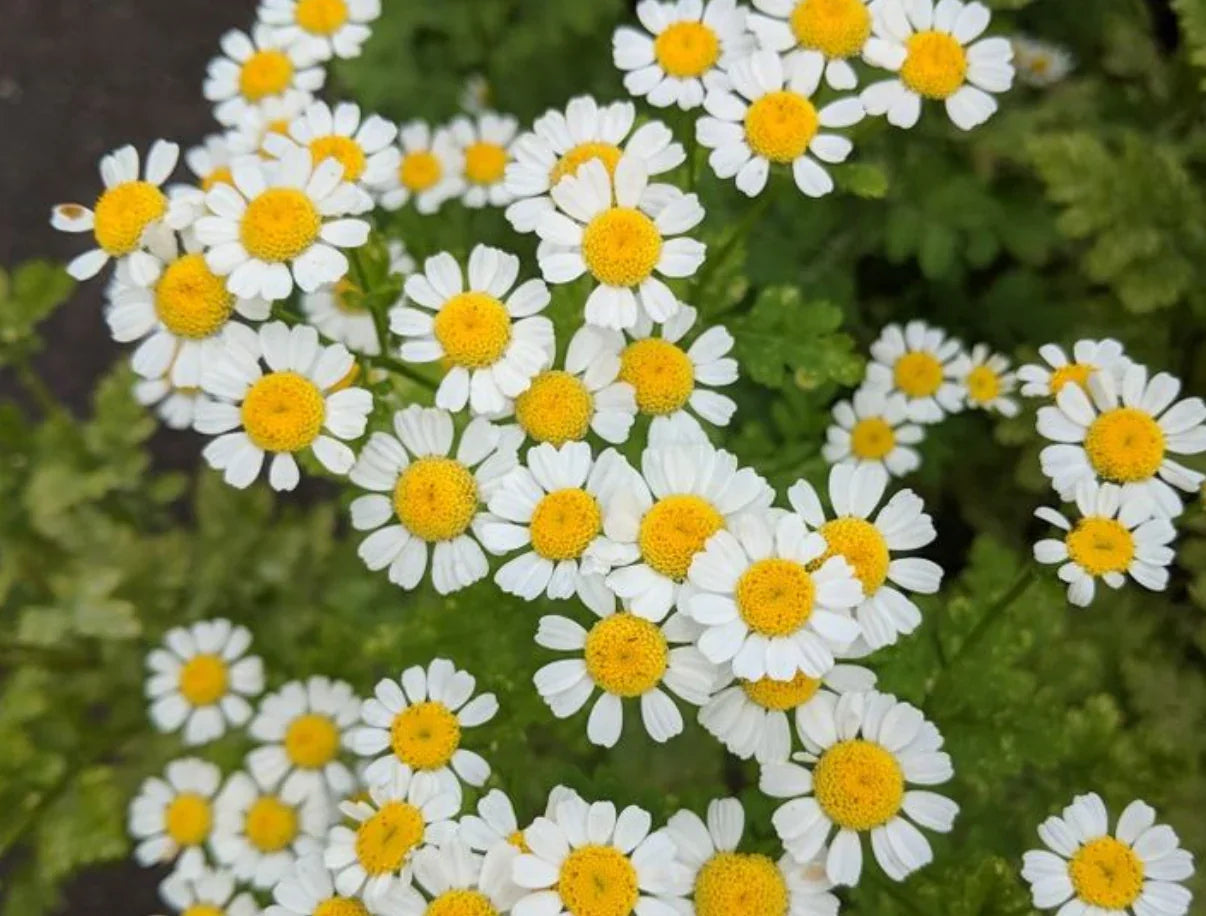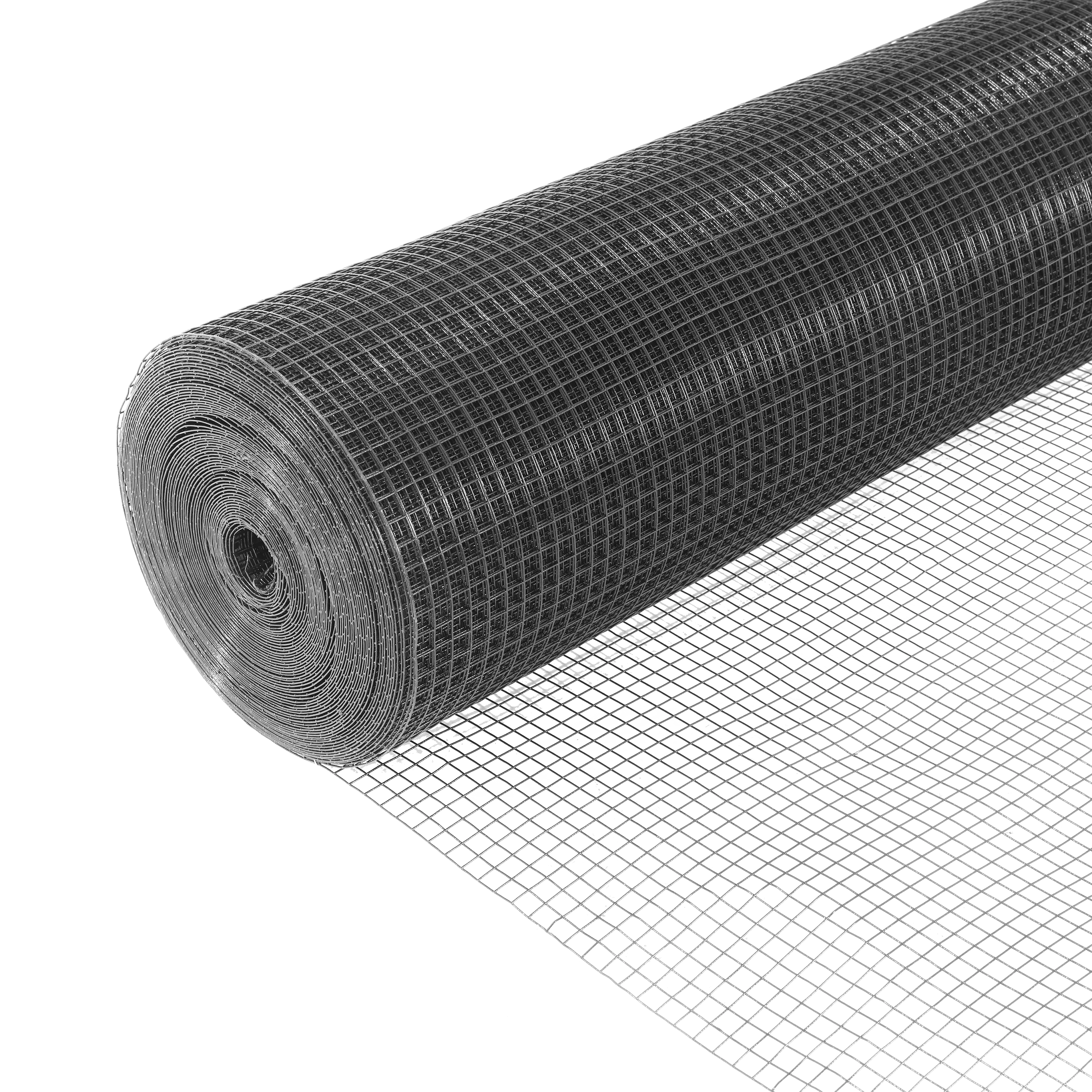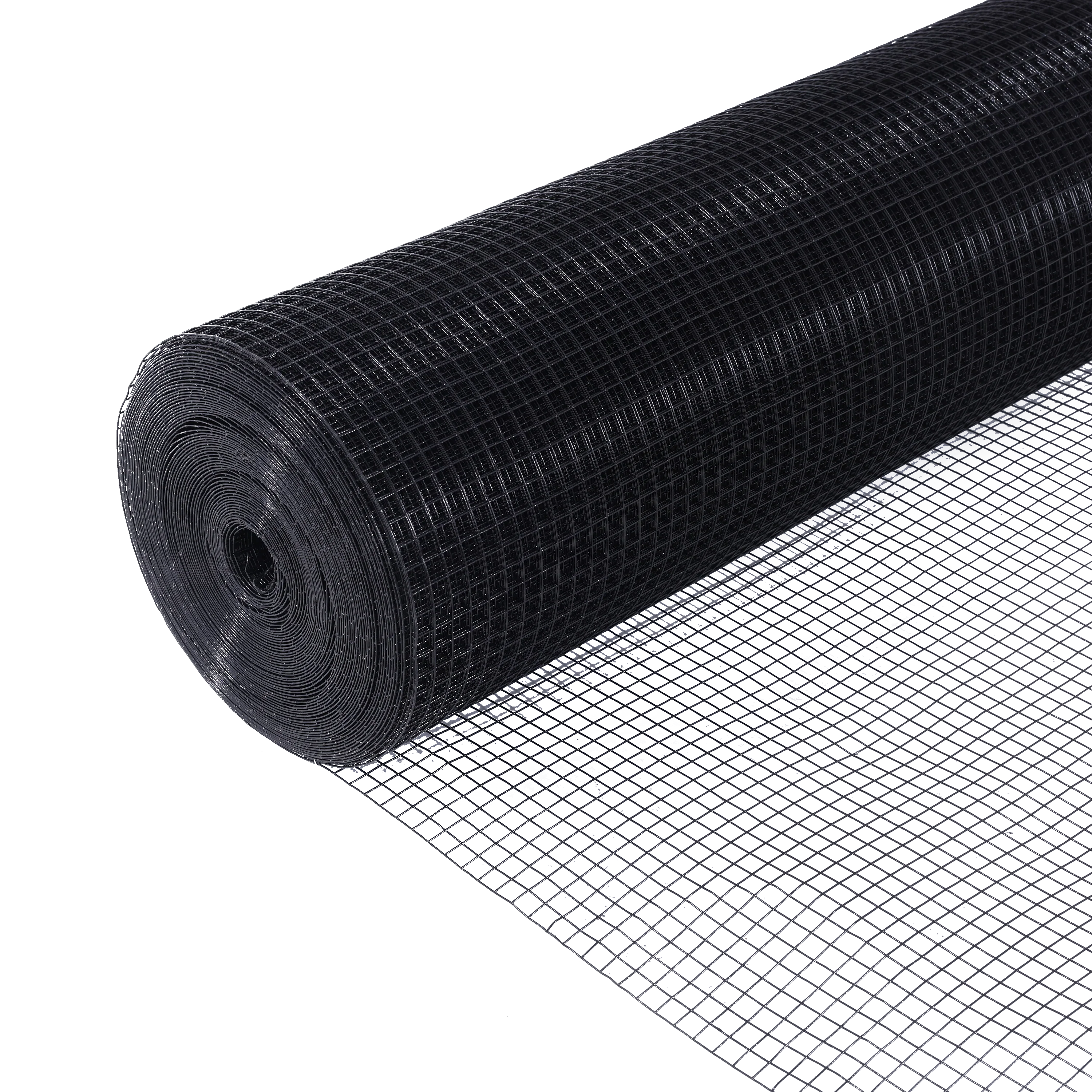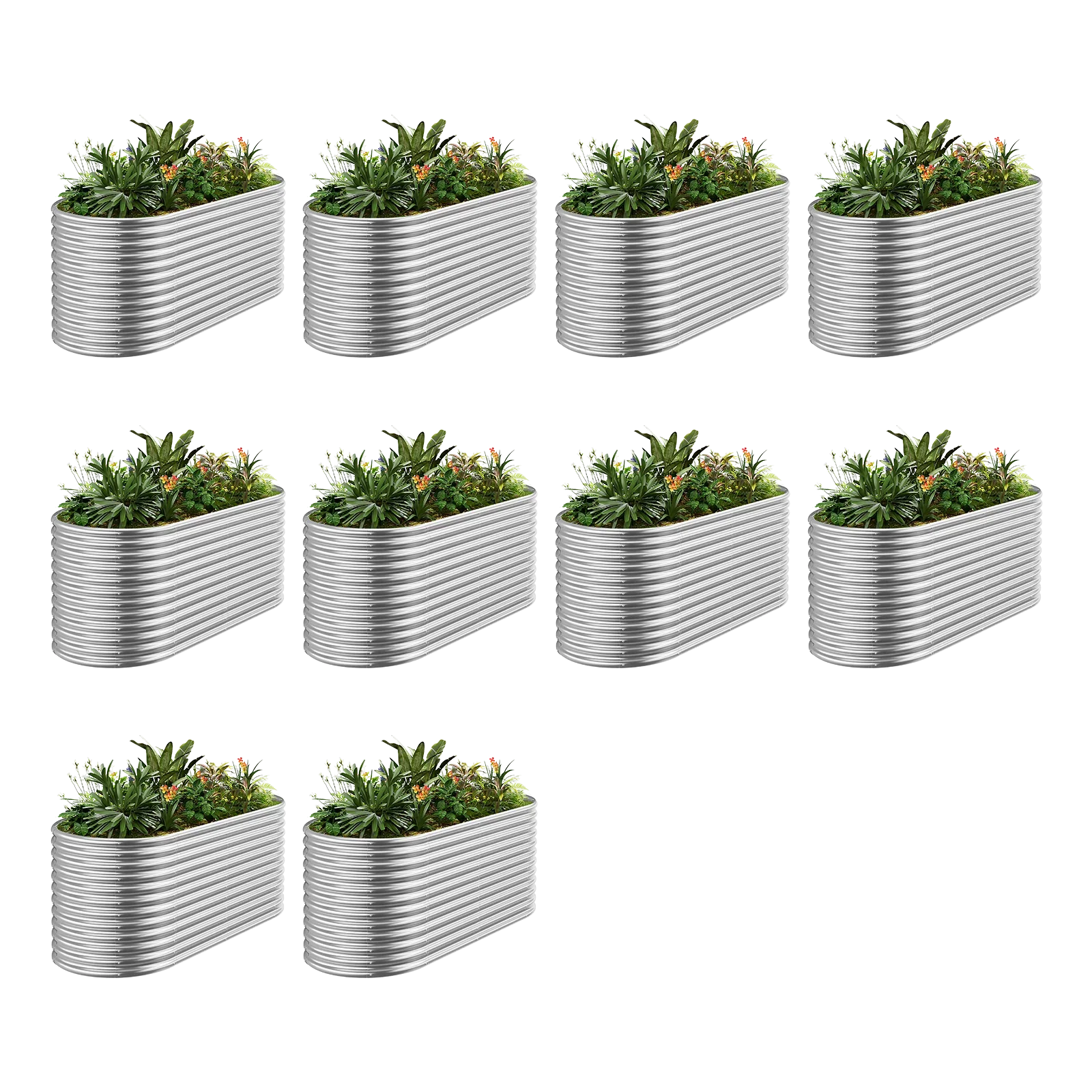Cultivating a vibrant garden brings immense satisfaction, connects us with nature, and transforms our living spaces. Whether you're nurturing indoor plants, cultivating colorful flowers, or growing fruit-bearing trees, understanding fundamental plant care principles is essential for success. This comprehensive guide from Landguard provides expert planting tips to help both beginners and experienced gardeners foster healthier plants and create their ideal green sanctuary.
Soil Science: Building the Foundation for Plant Health
The foundation of any successful garden lies beneath the surface. Selecting the right soil composition is crucial for optimal plant development. Most plants require well-aerated, nutrient-rich soil with excellent drainage properties.
-
Conduct Soil Testing: Begin with a professional soil test to determine pH levels and nutrient composition. This data informs your soil amendment strategy.
-
Enhance Soil Structure: Incorporate organic matter like compost, well-rotted manure, or leaf mold to improve soil texture and fertility.
-
Address Drainage Issues: For heavy clay soils, add perlite, vermiculite, or coarse sand to improve drainage and prevent waterlogging.
-
Optimize Moisture Retention: Sandy soils benefit from organic amendments like compost, coco coir, or peat moss to enhance water retention capabilities.
Landguard advocates for sustainable soil management practices, emphasizing the use of organic compost and natural amendments to create a thriving ecosystem for plant roots.
Light Management: Understanding Photosynthesis Requirements
Light serves as the primary energy source for plant growth. Providing appropriate light exposure is critical for photosynthesis and overall plant vitality.
-
Full Sun Plants: Most flowering plants, vegetable crops, and Mediterranean herbs require 6-8 hours of direct sunlight daily for optimal performance.
-
Partial Sun/Shade Plants: Many ornamental species, including hydrangeas and hostas, thrive with 3-6 hours of morning sunlight and protection from intense afternoon rays.
-
Low-Light Tolerant Plants: Species such as snake plants, pothos, and ZZ plants adapt well to indirect light conditions, making them ideal for interior spaces.
Landguard Pro Tip: Monitor your garden's light patterns throughout seasons. Consider using light meters for precise measurements and relocate container plants to maximize their light exposure.
Watering Techniques: Mastering Moisture Management
Proper irrigation represents one of the most challenging aspects of plant care. The goal is maintaining consistent soil moisture without causing water stress or oxygen deprivation to roots.
-
The Finger Test Method: Check soil moisture by inserting your index finger to the second knuckle. Water only when the soil feels dry at this depth.
-
Deep Watering Principle: Apply water thoroughly until it drains from container bottoms or penetrates 6-8 inches into garden soil. This encourages deep root development and drought resistance.
-
Optimal Timing: Water early morning to reduce evaporation losses and allow foliage to dry before evening, minimizing fungal disease risks.
-
Targeted Application: Use drip irrigation or soaker hoses to deliver water directly to root zones, avoiding foliage wetting and conserving water.
Landguard's smart irrigation systems can automate this process, ensuring plants receive optimal moisture levels through soil sensors and weather-based scheduling.
Nutrient Management: Fertilization Strategies
Plants exhaust soil nutrients as they grow, requiring strategic nutrient supplementation for sustained health and productivity.
-
Understand NPK Ratios: Decipher fertilizer labels showing Nitrogen (N, leaf growth), Phosphorus (P, root/flower development), and Potassium (K, overall health) percentages.
-
Organic Versus Synthetic: Organic fertilizers (compost tea, fish emulsion, bone meal) release nutrients slowly while improving soil structure. Synthetic options provide immediate nutrient availability for quick correction of deficiencies.
-
Seasonal Feeding Schedule: Apply fertilizers during active growth periods (spring-summer). Reduce or eliminate feeding during dormancy (fall-winter) when plants aren't actively growing.
-
Foliar Feeding: For rapid nutrient uptake, apply diluted liquid fertilizers directly to leaves during cooler parts of the day.
Landguard Recommends adopting integrated nutrient management combining organic matter incorporation with targeted mineral fertilization for sustainable plant nutrition.
Environmental Factors: Temperature and Climate Adaptation
Plants possess specific temperature requirements for optimal growth and survival.
-
Hardiness Zone Awareness: Identify your USDA Plant Hardiness Zone to select plants suited to your regional climate extremes.
-
Microclimate Utilization: Recognize garden microclimates—south-facing walls, protected corners, low-lying frost pockets—and place plants accordingly.
-
Protection Strategies: Use mulch for root insulation, row covers for frost protection, and shade cloth for heat stress reduction during extreme weather events.
-
Acclimatization Process: Gradually introduce plants to outdoor conditions (hardening off) after purchasing from controlled greenhouse environments.
Advanced Horticultural Techniques
Elevate your gardening expertise with these professional practices:
-
Companion Planting: Implement strategic plant partnerships that enhance growth, deter pests, and attract beneficial insects. Example: planting marigolds to repel nematodes or basil to improve tomato flavor and growth.
-
Strategic Mulching: Apply 2-4 inches of organic mulch (wood chips, straw, bark) around plants to suppress weeds, conserve moisture, moderate soil temperature, and gradually improve soil fertility as it decomposes.
-
Precision Pruning: Master selective removal of plant parts to improve structure, encourage fruiting, increase airflow, and maintain desired size. Always use sharp, sterilized tools to make clean cuts.
-
Integrated Pest Management (IPM): Adopt a multi-tiered approach combining cultural practices, biological controls, and targeted organic treatments before considering chemical interventions.
-
Succession Planting: Maximize garden productivity by replanting harvested areas with new crops, ensuring continuous production throughout the growing season.
-
Soil Solarization: Utilize clear plastic sheeting to harness solar energy for controlling soil-borne pathogens, weeds, and pests during hot summer months.
Landguard's Smart Gardening Ecosystem
At Landguard, we champion intelligent, eco-conscious gardening through innovation and traditional wisdom. Our approach integrates three core principles:
-
Precision Technology: Utilize smart sensors, automated irrigation systems, and data analytics to optimize resource use and plant health monitoring.
-
Ecological Sustainability: Promote organic practices, water conservation, biodiversity enhancement, and circular gardening approaches that work with natural systems.
-
Adaptive Plant Selection: Advocate for native species, climate-appropriate varieties, and resilient cultivars that require fewer inputs and thrive in local conditions.
Our product ecosystem supports these principles through soil moisture sensors, weather-responsive irrigation controllers, and plant health monitoring systems that take the guesswork out of expert plant care.
Seasonal Plant Care Calendar
| Season | Key Activities |
|---|---|
| Spring | Soil preparation, composting, early planting, division of perennials, initial fertilization |
| Summer | Regular watering, pest monitoring, succession planting, harvesting, shade provision |
| Fall | Planting perennials/spring bulbs, soil amendment, cleanup, winter preparation, tool maintenance |
| Winter | Planning, seed ordering, structural pruning, indoor gardening, protecting vulnerable plants |
Troubleshooting Common Plant Problems
-
Yellowing Leaves: Often indicates overwatering, nutrient deficiencies, or poor drainage
-
Leaf Drop: Typically caused by sudden environmental changes, water stress, or root issues
-
Poor Flowering/Fruiting: Usually results from insufficient light, improper pruning, or nutrient imbalances
-
Pest Infestations: Address by improving plant health, introducing beneficial insects, or using targeted organic treatments
Conclusion: Cultivating Your Gardening Expertise
Successful gardening represents an ongoing journey of observation, learning, and adaptation. By mastering these fundamental principles—building healthy soil, providing appropriate light and water, and supplying balanced nutrition—you establish the foundation for a flourishing garden that brings joy throughout the seasons.
Remember that each plant species has unique requirements, and attentive observation provides the most valuable insights into their needs. Your garden will communicate its requirements through growth patterns, coloration, and overall vigor.
We'd love to hear about your gardening experiences! What challenges have you faced, and what successes have you celebrated? Share your stories and questions in the comments below.
Explore Landguard's innovative gardening solutions designed to help you implement these tips with precision and ease. From smart irrigation systems to plant health monitors, our technology supports your journey toward gardening excellence while conserving precious resources.






